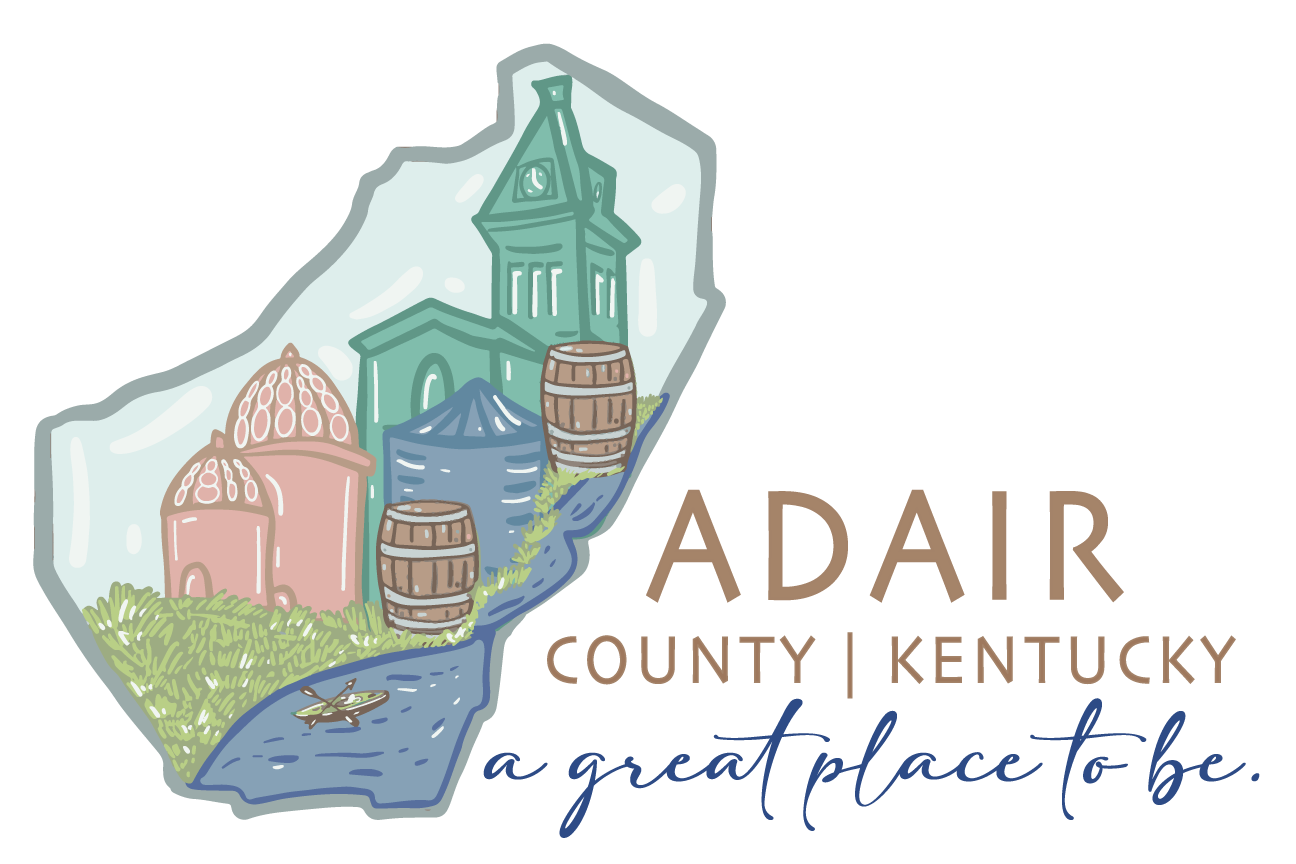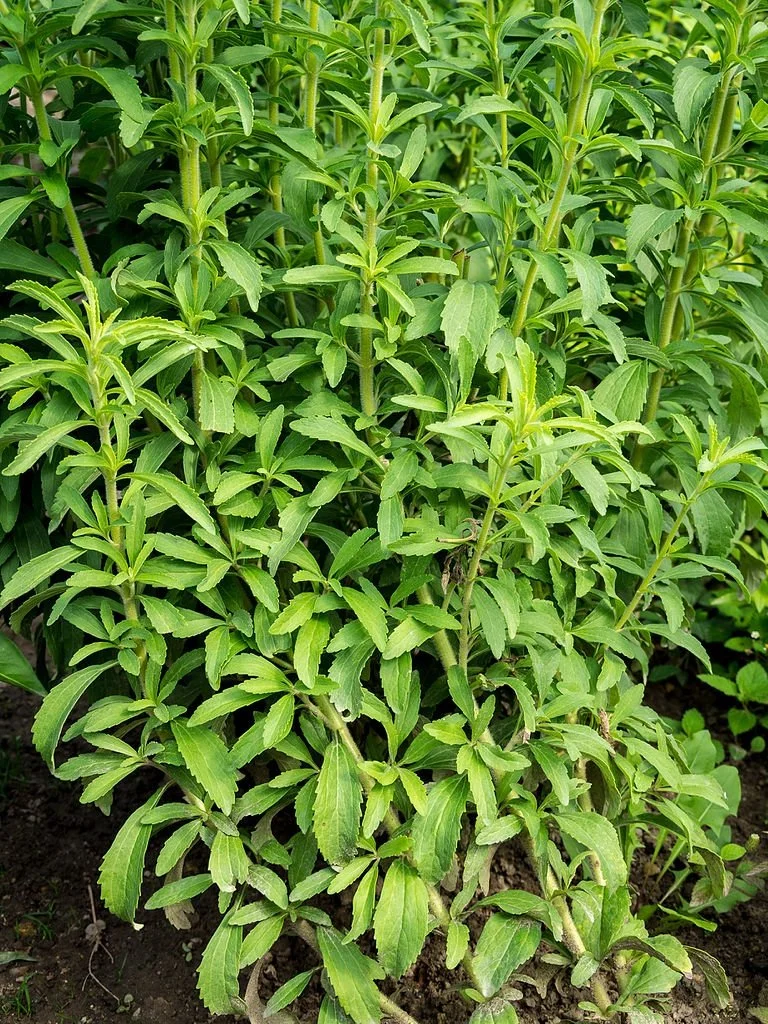
Created and maintained by the Adair County Extension Master Gardeners
The information Provided on the medicinal plants is for general knowledge only. One should always consult a healthcare provider prior to consuming plants for medicinal purposes.
Trabue Russell House Medicinal Garden
-
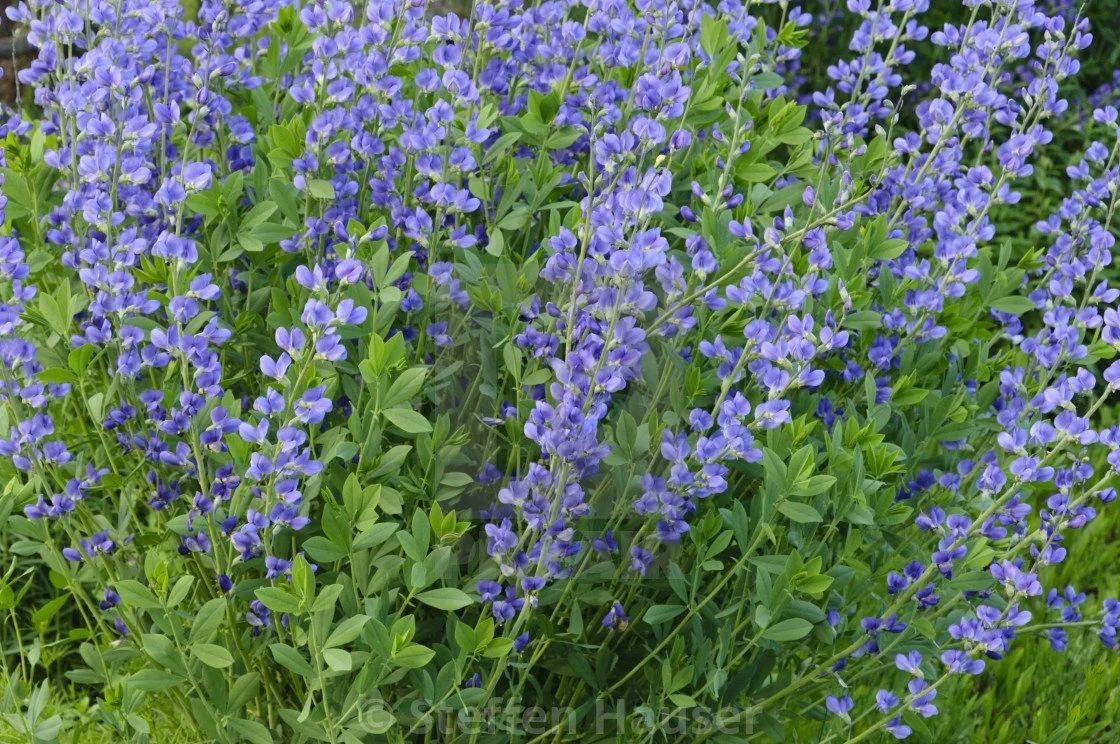
Indigo
*Native to tropical regions.
*Grows 2-3 feet wide and tall.
*The root is used to make medicine.
*Uses- epilepsy, nervous disorders, asthma, bronchitis, fever, stomach pain, liver and kidney disease, skin conditions, wounds, hemorrhoids, and snake bites.
-
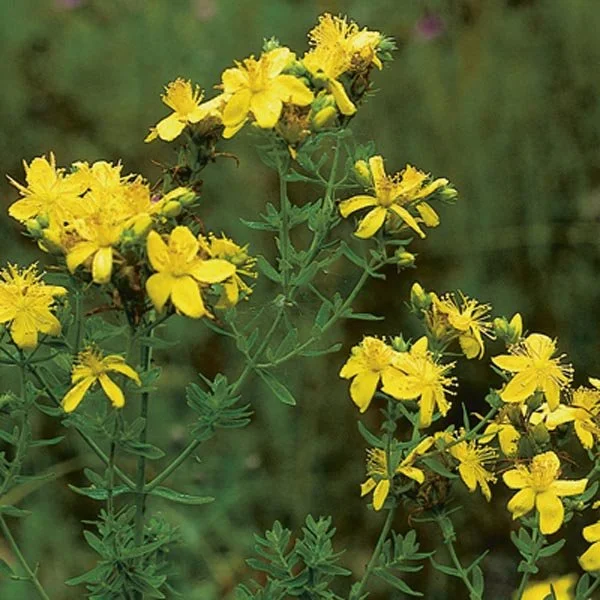
St. Johns Wort
*Native to Europe
*Herb that grows two feet tall.
*Both flowers and leaves are used in medicine.
* Uses - Antispasmodic - relieves body spasms Astringent - slows blood flow at would sites- Expectorant - helps clear phlegm and mucus.
-
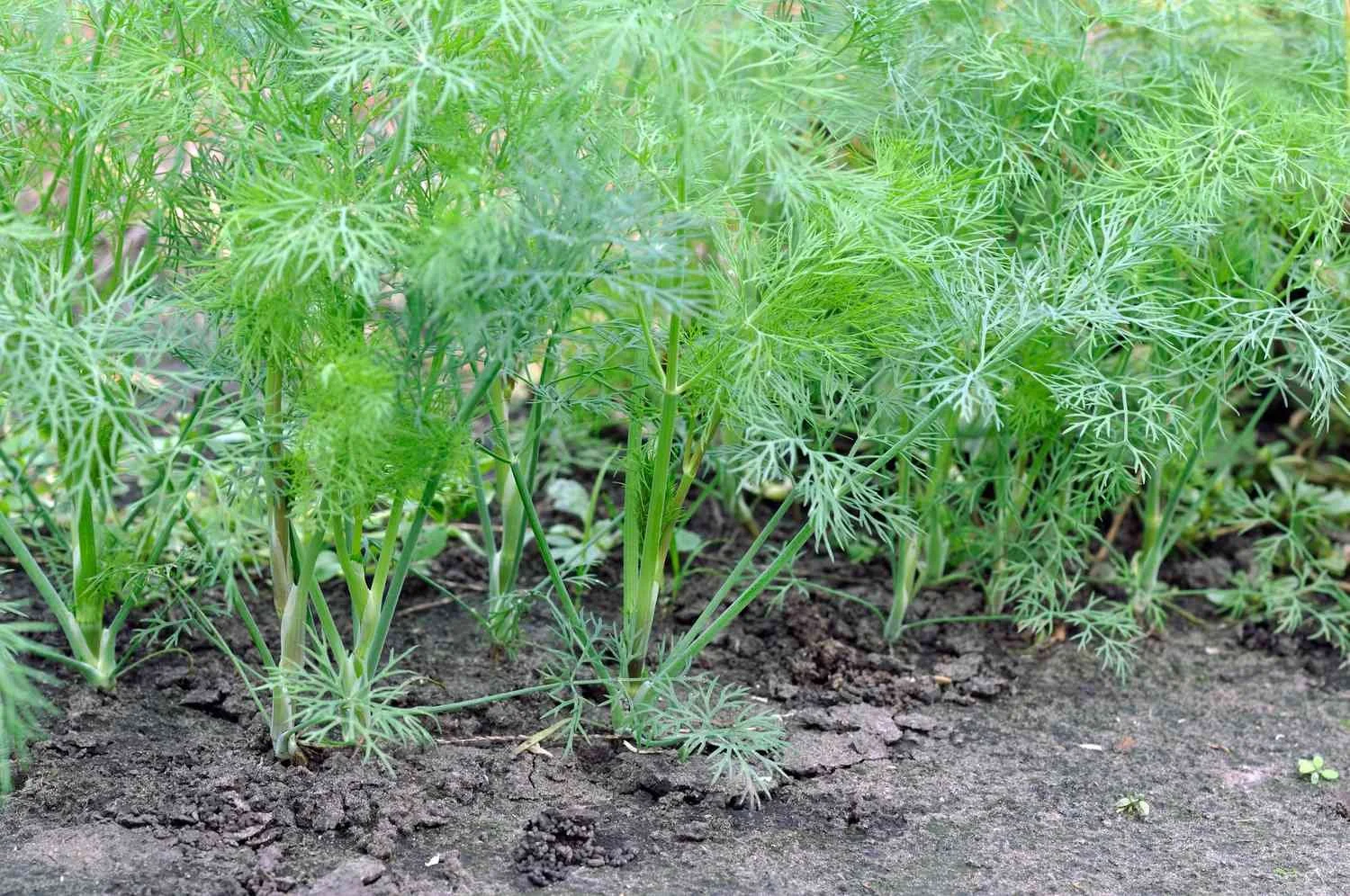
Dill
*Native to the Mediterranean.
* A member of the celery family.
*Grows from 18 inches to four feet tall.
*Uses- The seeds are used medicinally. Uses Reduces gas and bloating. High fiber content improves bowel movements.
-
Stevia
*Native to Paraguay
*Spindly bush that grows two feet high.
*Uses- for sweeteners and medicines. One stevia leaf is 30 times sweeter than table sugar Uses. Good sugar alternative for diabetics. Curbs appetite . Nourishes pancreas to normal function. Used in toothpaste and mouthwash to kill germs.
-

Black Cohosh
*Herb high in estrogen.
*Medicine comes from the roots (rhizomes/underground stems.)
* Grows to three feet tall.
* Uses -Alleviates menopause symptoms, treats arthritis, neuralgia, aids in digestion, expectorant.
-

English Lavander
*Native to: Mountainous regions of the Mediterranean.
* This heavily branched perennial shrub now flourishes throughout Europe, Australia and the United States.
* Uses: Aroma therapists use lavender in inhalation therapy to help with mood, anxiety and depression. Herbalists use it to treat skin ailments such as fungal infections, wounds and eczema. Lavender oil is used as a healing balm for joint/muscle pain. Insomnia – In folklore, pillows were filled with lavender to help restless people fall asleep.
-

Nasturtium
*Native to: Andes Mountains of South America
*This self-seeding annual was prized by the ancient Incas of Peru as both a salad vegetable and medicinal herb.
* Uses- Made into a tea to treat respiratory infections and cough Used as a poultice for cuts and burns Treats infections of the kidney, bladder and urinary tract Edible nasturtium leaves and flowers are particularly high in vitamin C
-
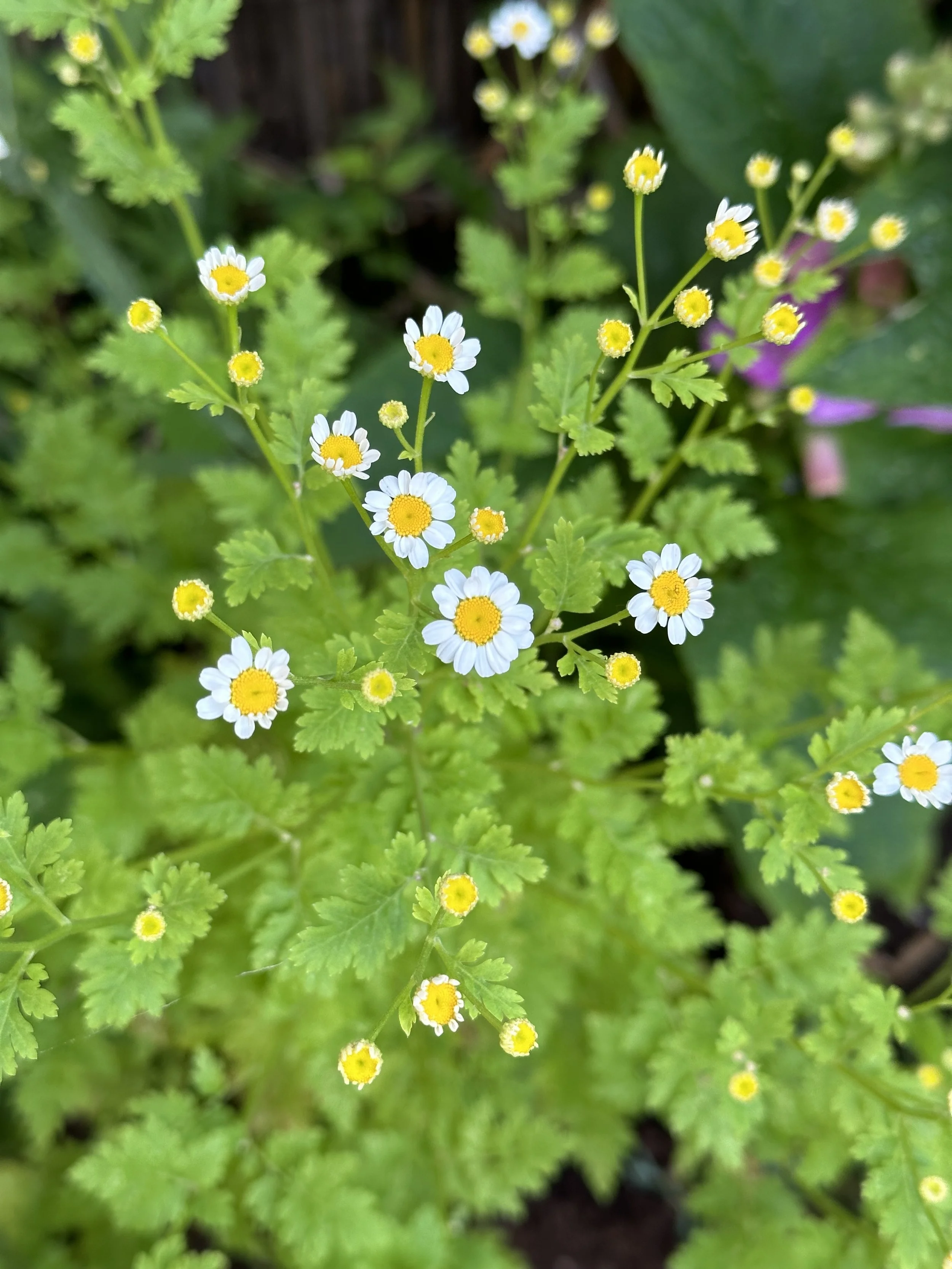
Feverfew
*Native to: parts of western Asia and the Balkans but now grows throughout the world This daisy-like perennial plant is quite aromatic and is found commonly in gardens and along roadsides.
*Uses- This medicinal plant is used to treat fevers and migraine headaches Used topically to treat arthritis It is believed to have antibacterial, anti-inflammatory and antioxidant properties. Feverfew has been called “medieval aspirin” and has a long history of use in traditional and folk medicine.
-

Horehound
*Native to: Europe, northern Africa and Asia.
* This furry perennial plant, a member of the mint family, is strongly aromatic and has naturalized throughout much of North America.
*Uses-Used for coughs and respiratory aliments Aides in digestion and appetite stimulate Horehound has a long history of use in ritualistic and medicinal ways and is still used in cough drops and candies today.
-
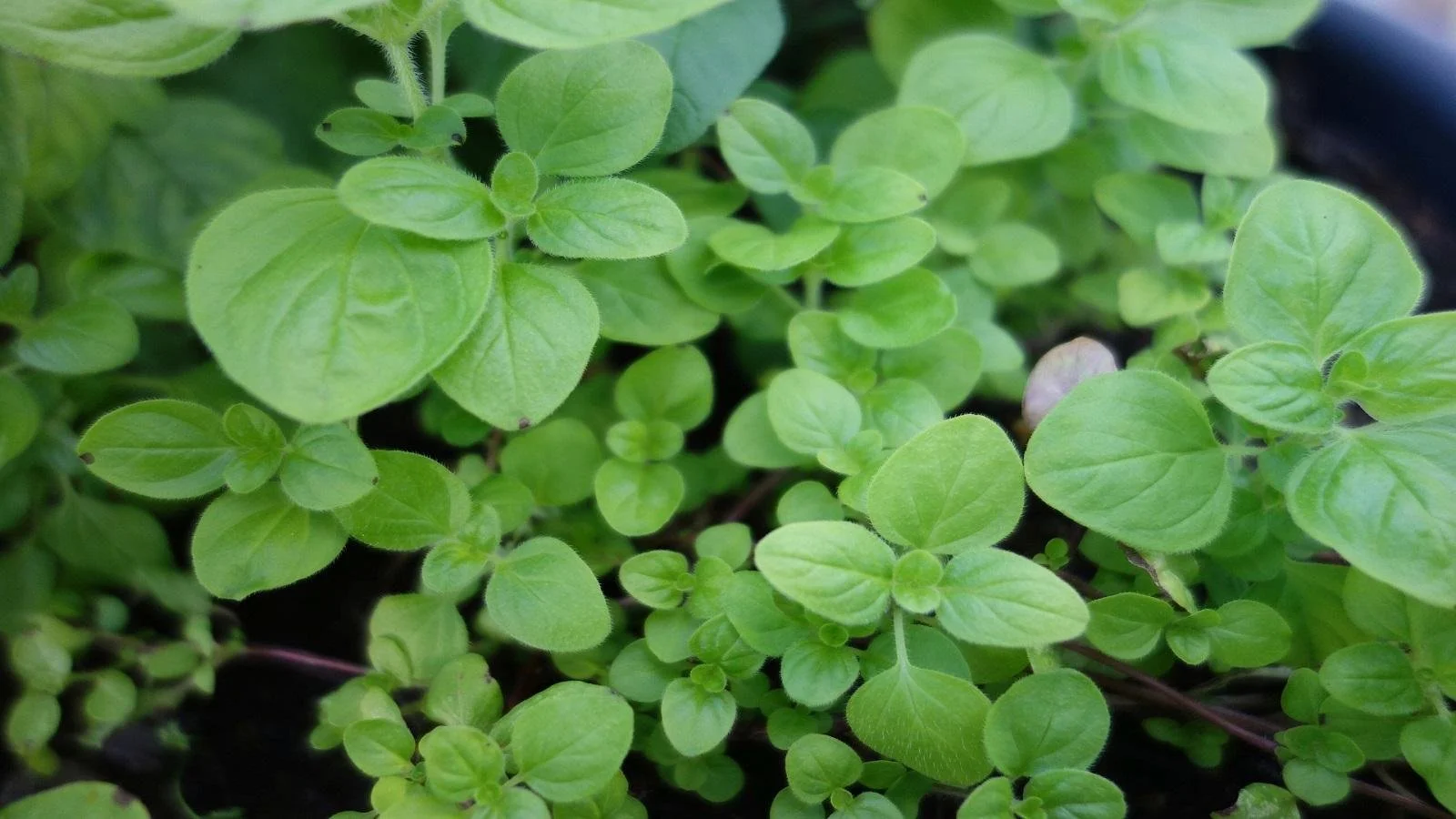
Marjoram
Native to: Mediterranean region and Asia Minor An aromatic, perennial herb in the mint family, long used as a folk herbal medicine. Uses: Used to combat stress and anxiety Flowers, leaves and oils are said to have anti-inflammatory, Antimicrobial and antioxidant benefits Marjoram tastes similar to mild oregano and they are often substituted for other another in cooking.
